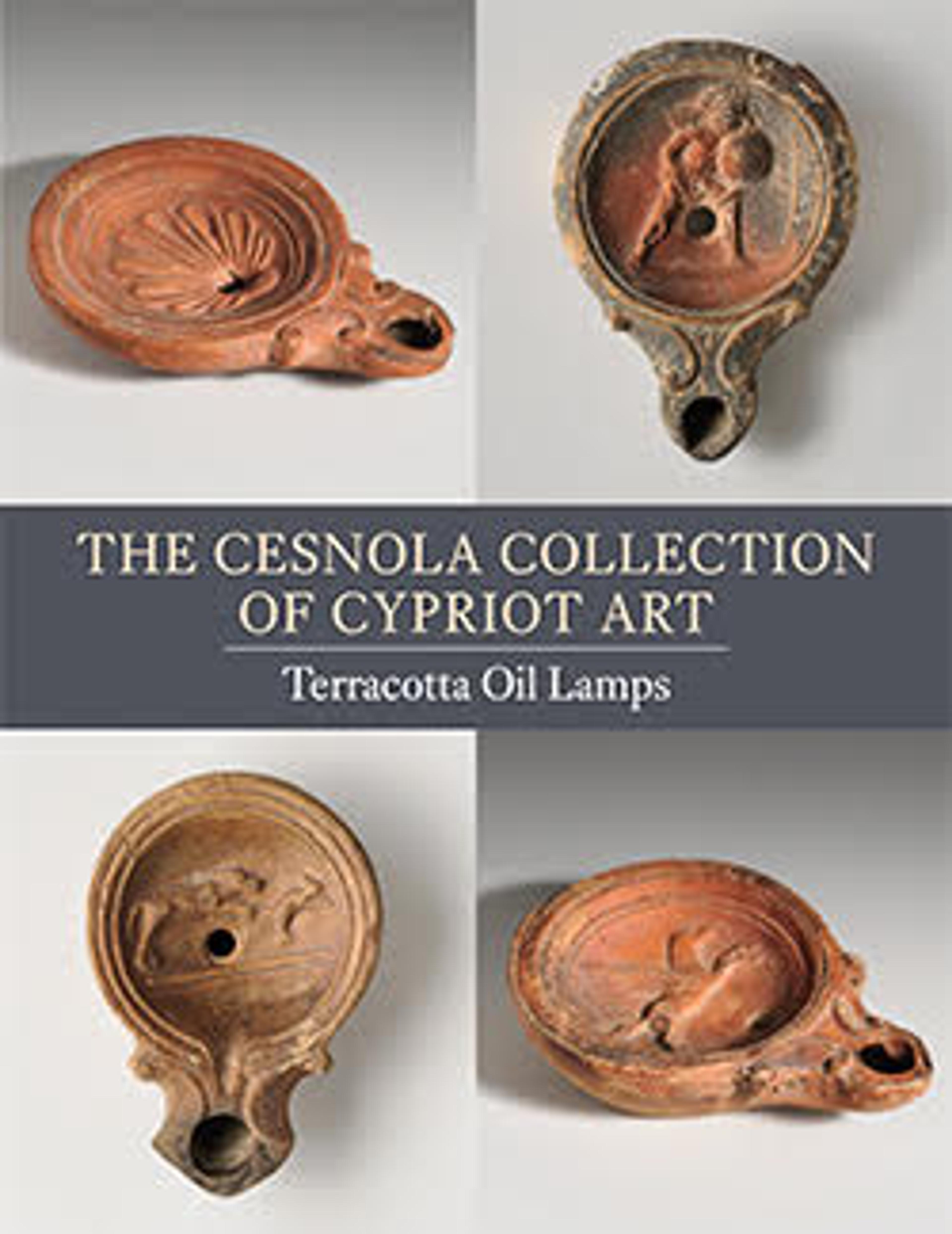Terracotta oil lamp
Loeschcke Type 1A. Mold-made. Deep concave discus: a sea monster, winged and with a snake-like body, breathes fire (?) before the gate of a walled city, defended by small figures bearing shields and a raised sword; below the monster, rising obliquely from left to right, are waves (?); a single filling hole between monster and city gate, with a band of lines and grooves around the edge. A narrow, funnel-like channel runs from the discus to the back of the nozzle. Volutes flanking angular nozzle, with a large wick hole. Broad, raised base ring, and flat base, with the raised letter T at center.
Complete, except for some wear on edge of discus.
This lamp, depicting a sea monster before a walled city, is very similar in date, style, and illustration to the lamp 27.94.5 in this case.
Complete, except for some wear on edge of discus.
This lamp, depicting a sea monster before a walled city, is very similar in date, style, and illustration to the lamp 27.94.5 in this case.
Artwork Details
- Title:Terracotta oil lamp
- Period:Early Imperial
- Date:ca. 40–100 CE
- Culture:Roman
- Medium:Terracotta
- Dimensions:L. 3 7/8 in. (9.9 cm.)
H. 1 3/8 in. (3.5 cm.) - Classification:Terracottas
- Credit Line:The Cesnola Collection, Purchased by subscription, 1874–76
- Object Number:74.51.2103
- Curatorial Department: Greek and Roman Art
More Artwork
Research Resources
The Met provides unparalleled resources for research and welcomes an international community of students and scholars. The Met's Open Access API is where creators and researchers can connect to the The Met collection. Open Access data and public domain images are available for unrestricted commercial and noncommercial use without permission or fee.
To request images under copyright and other restrictions, please use this Image Request form.
Feedback
We continue to research and examine historical and cultural context for objects in The Met collection. If you have comments or questions about this object record, please contact us using the form below. The Museum looks forward to receiving your comments.
